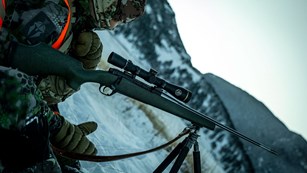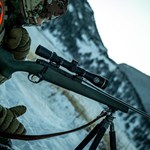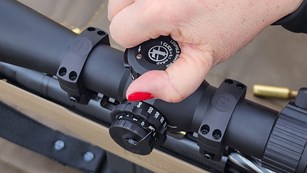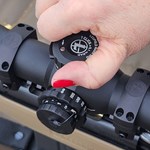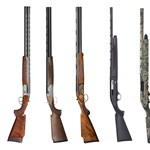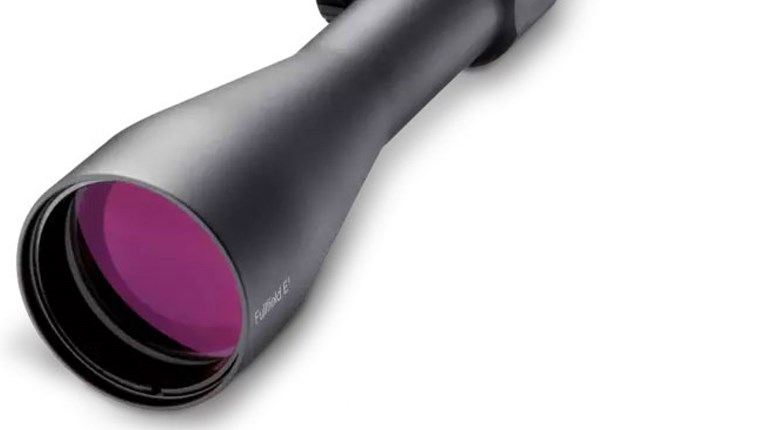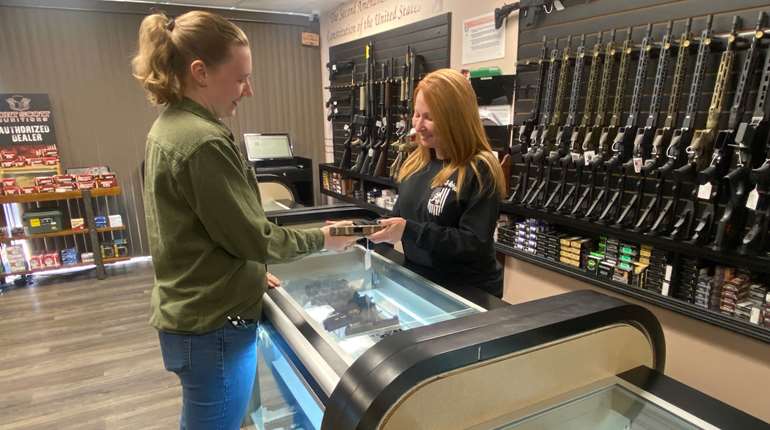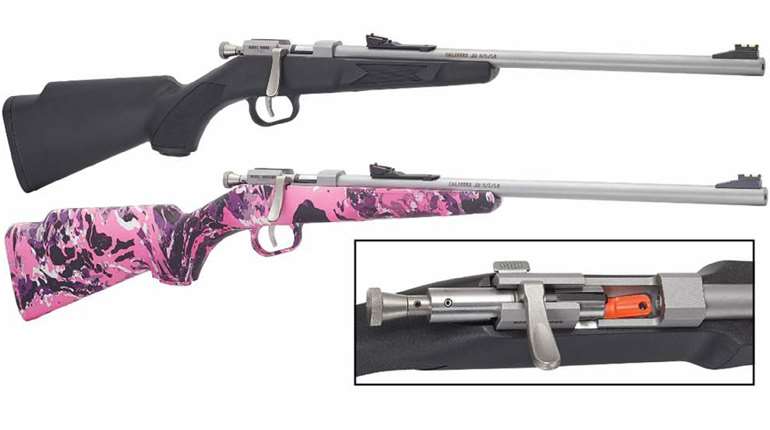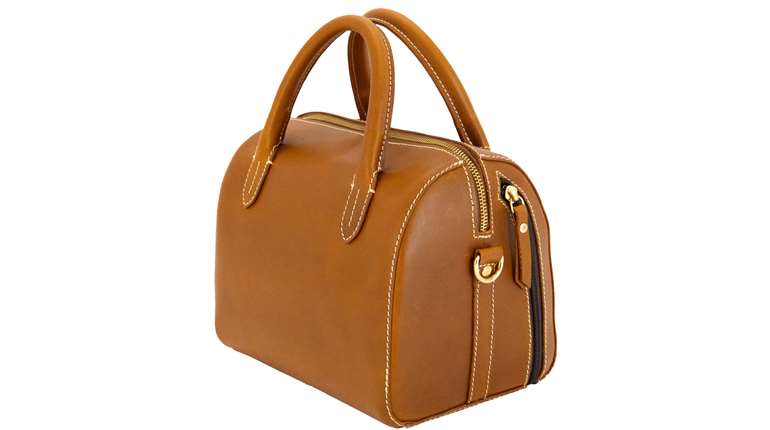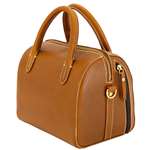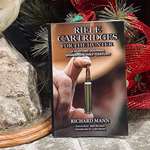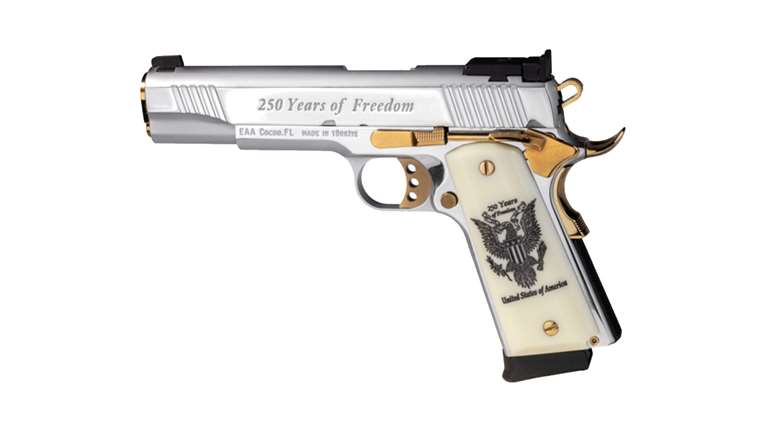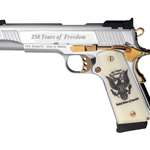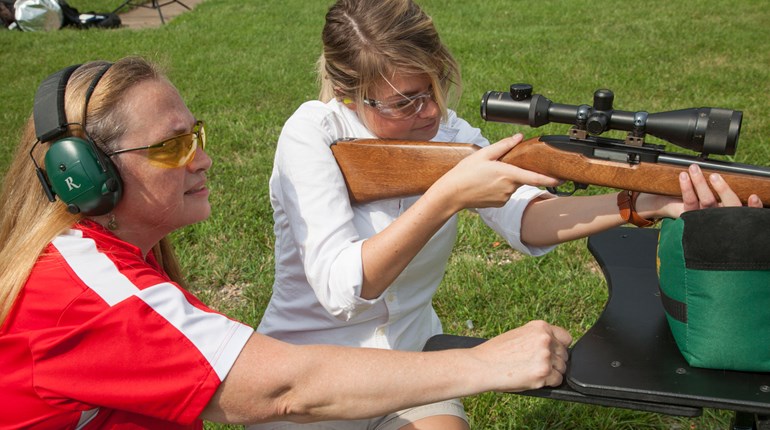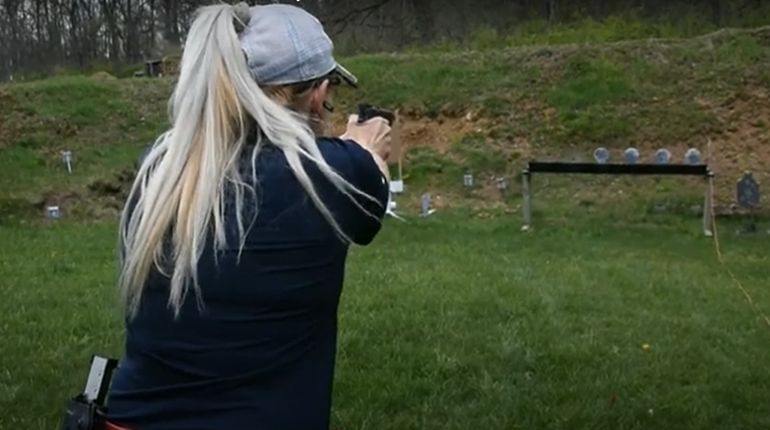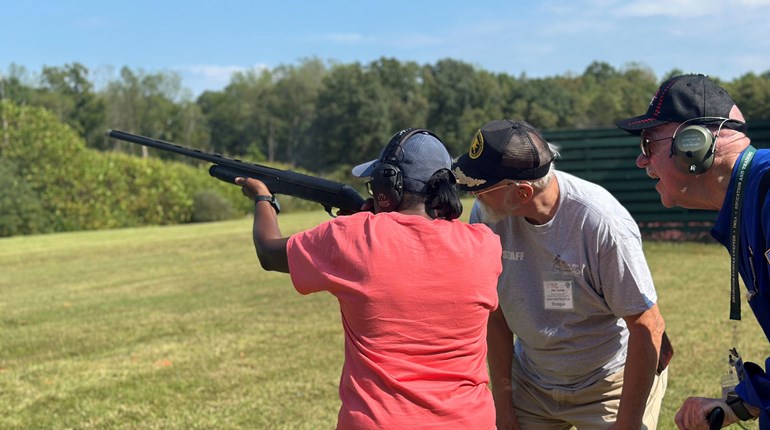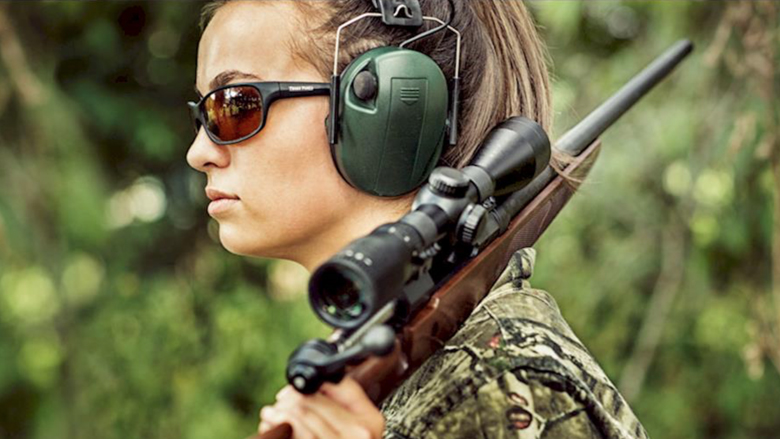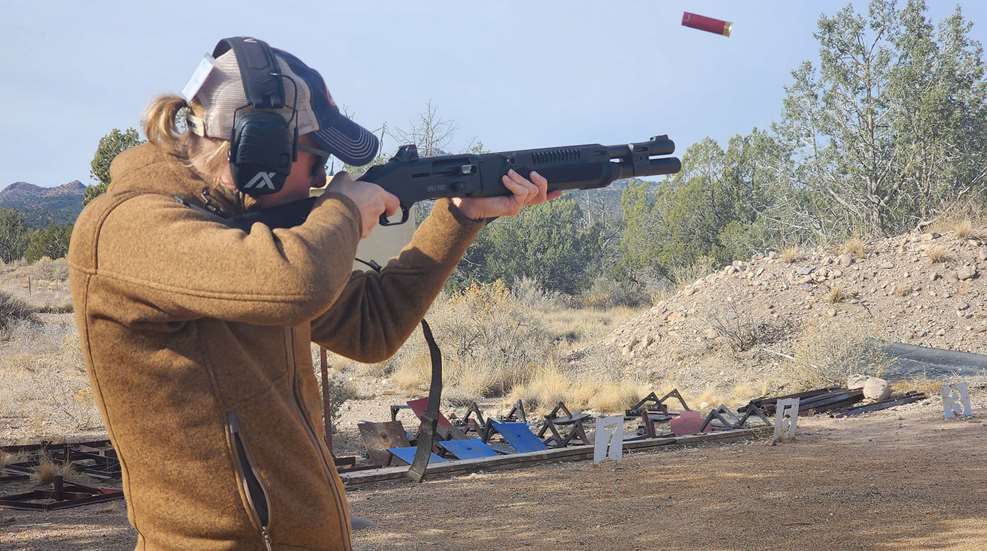
We can go back and forth all day on whether a shotgun is the perfect home-defense firearm, but the truth is that there’s no one perfect option for every situation. Depending on what your living situation is like, you might be better suited with an AR, a handgun or a PCC—but a shotgun is a great all-around option that can be made to work for most situations, and that’s why it comes up in so many “what gun should I use for home defense?” conversations. There’s a reason for that: The shotgun is incredibly versatile because of the huge range of ammunition options. You can shoot a single large projectile out of a shotgun. You can shoot a few medium-sized projectiles or hundreds of little, tiny ones. You can even shoot less-lethal loads like rubber buckshot. The versatility is unmatched, and one of these loads is almost certain to work for you.

1. Birdshot
This one is more for hunting than for defense. There are plenty who would argue to the contrary, but most self-defense experts agree that birdshot is marginal at best as a defensive load. Small shot just does not offer reliable penetration on human-sized targets, even tightly-packed loads at short distances. It might work great one day and not work at all in the next situation. The hitch is that it’s far from a guarantee. Throw in variables like a bad guy wearing a thick leather or denim jacket, or lots of winter layers, and your ability to stop a threat with birdshot becomes a real gamble. Yes, this even applies to TSS turkey loads.
But of course, small shot is ideal for hunting birds as small as doves to as large as geese and turkeys, and it’s also used for clay targets. While I won’t advise you to use small shot for home defense, the huge variety of shells available in everything from No. 9 skeet loads to BB goose loads is a great example of the versatility of the shotgun.

2. Buckshot
Buckshot is probably the most popular home defense load for a shotgun, and for good reason. You can pack nine pellets of 00 Buck in a 2 ¾-inch 12-gauge shell, which means you have not one bullet impacting a bad guy, but nine. And they’ll spread out in a pattern, so if your aim is a little bit off in the heat of the moment, you have enough margin of error that the bad guy is probably still taking some hits.
Within buckshot loads, there’s variety. You can go as large as 000 Buck, where each pellet is about the same diameter as a 9mm bullet, or as small (and it’s really not small at all) as No. 4 Buck, where each pellet is about 6mm. Generally speaking, the smaller the shot, the lower the penetration, which is always something you need to balance—penetration is great on targets, but bad if a pellet goes astray and passes through walls.
Not all buckshot loads are created equal. Some are designed for hunting, and they’ll work for defense once you know how they perform. Some are designed specifically for defense, with rear-braking wads that hold tighter patterns at longer distances. These are ideal, but pricey. Some defensive buckshot loads, like Federal’s Personal Defense ForceX2 line, are even designed with pellets that break in half upon impact to double the number of wound channels.
To this point, it’s very important that you pattern your shotgun when using buckshot. Different loads will open up at dramatically different rates, and 00 Buck (and even smaller buckshot loads) can penetrate multiple layers of drywall. You need to know exactly where every one of those eight or nine pellets is going to go at different distances.

It’s important to pattern your home-defense shotgun, because different loads will open up differently depending on distance. Shown here: Birdshot on top, followed by a buckshot load at two different distances on the two bottom targets. Do you know where all of those pellets are going when you fire your shotgun?
3. Slugs
Speaking of penetration, slugs are made to go the distance, and you won’t want to use them for home defense if you live in a suburban neighborhood—they will penetrate multiple walls and can even pass through some exterior walls. But if you live on some acreage and you defend your home from four-legged predators, you might find a slug a great option for reaching out and tagging a fox sniffing around your henhouse or a coyote running through a field after harassing your dogs or livestock. It’s very handy to have some slugs on hand to throw into a shotgun for a case like this.
In addition, if you do live in a wide-open space, and particularly if you don’t have kids sleeping on the other side of the house so overpenetration is not a major concern, slugs can be devastatingly effective threat-stoppers inside a home. As long as you’re not worried about where that slug will end up after passing through a threat (or where it goes if you miss), slugs can be a great choice.
Like with buckshot, not all slugs are created equal. Slugs made for hunting will work fine, but specialty slugs designed for defense are more effective threat-stoppers. There are some innovative options on the market, like Winchester’s PDX1 Defender load, which uses a segmenting slug. The slug is designed to break into three pieces on impact, increasing the number of wound channels and reducing the risk of overpenetration. Brenneke sells a unique slug that has a standard lead tip, but a moving rear part that actually slams into the tip upon impact. It’s designed for less penetration and lower recoil.
There’s even a combo option: In the Defender line, Winchester sells a unique slug/buckshot combo load that features three pellets of buffered 00 plated buckshot nested on top of a 1-ounce rifled slug.
Less-Lethal Loads
The shotgun’s versatility even extends to a variety of less-than-lethal loads, like bean bags, rubber buckshot, rubber slugs, no-projectile distraction loads, and more. These are most commonly used in law enforcement.
This category is complicated—you should do your research about any applicable laws in your area if you want to consider using less-lethal shotgun loads. In most cases, because these loads actually can be lethal depending on the circumstances, you’ll be held to the same self-defense standard as you would be if you were using regular ammunition. And, of course, you must consider that there’s no guarantee a less-lethal load will stop the threat you’re facing, and if it doesn’t, you may have wasted precious time by attempting it.
That said, these loads do have their uses (like animal control), and they definitely add to the shotgunner’s toolkit of extremely versatile load options.
